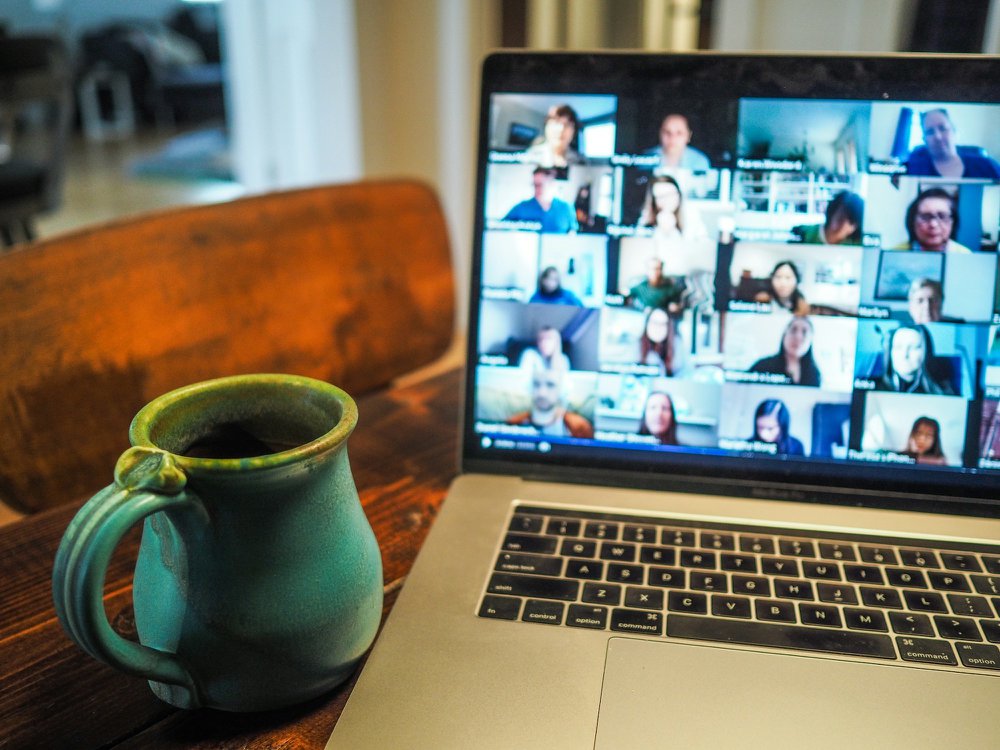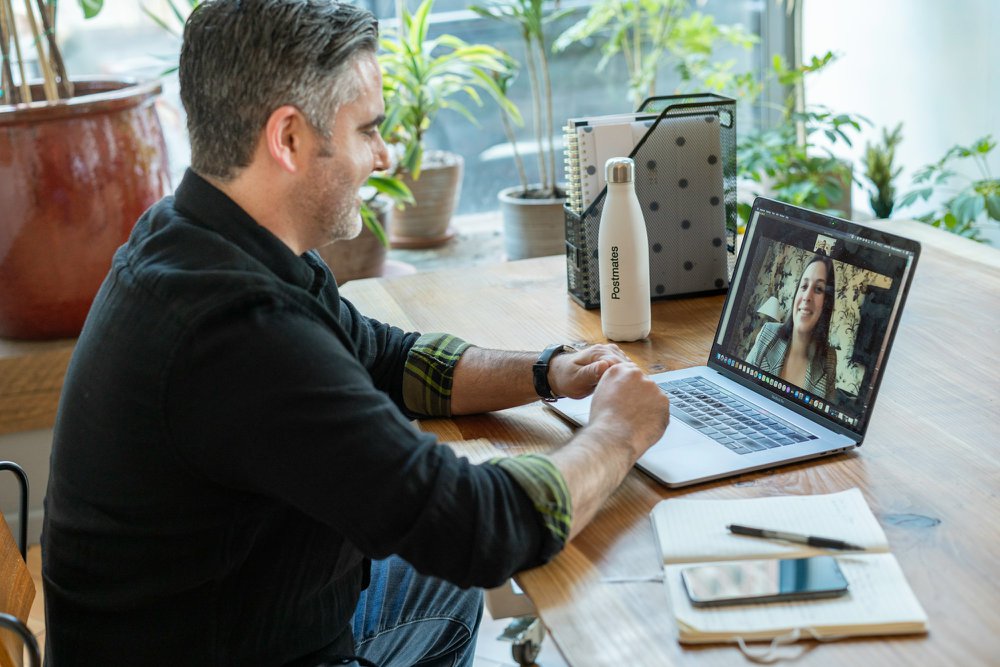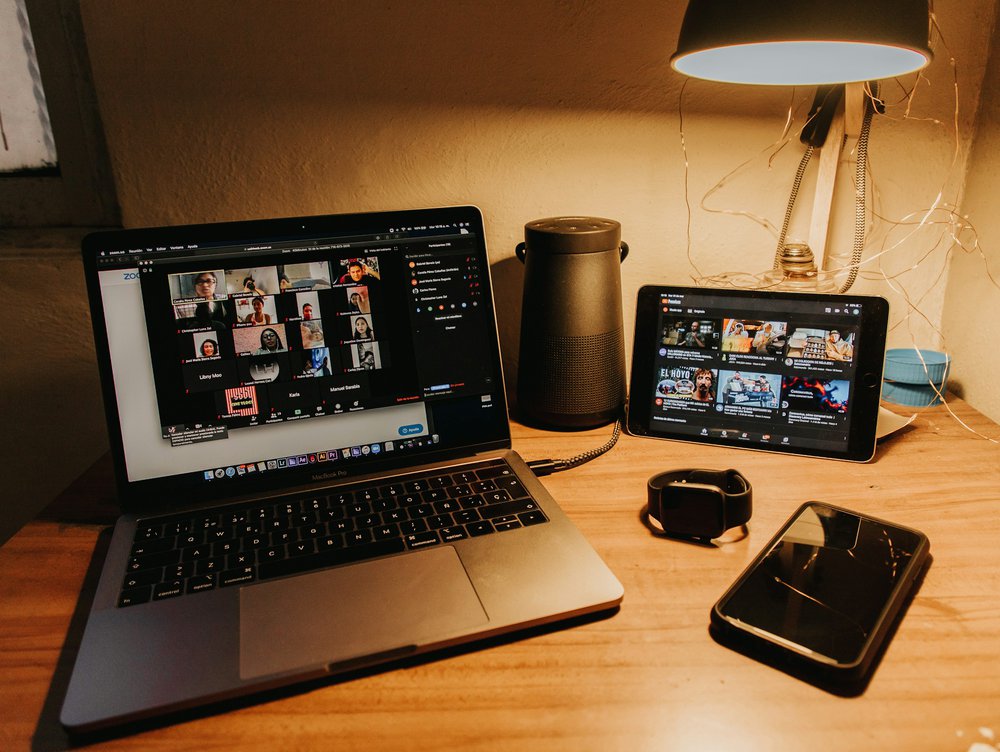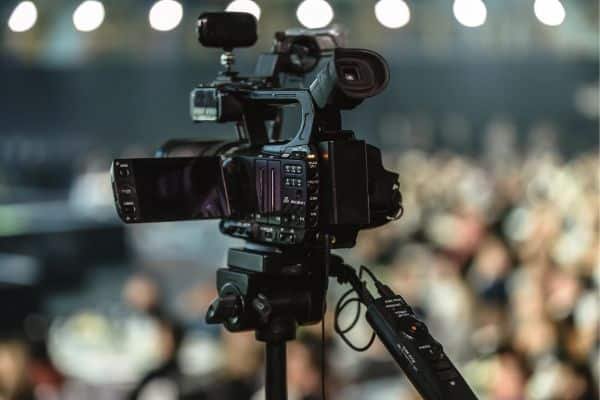Since 2020, video interviews have become a staple in hiring and client interactions. Even with widespread experience using video calls, many still find on-camera interviews intimidating. Strong communication skills are essential for candidates to effectively express themselves and build rapport during a remote job interview. Whether you’re interviewing for a remote job or sharing a client testimonial, mastering your on-camera presence is crucial. Here are 8 essential tips to help you confidently ace your next on-camera interview in 2025.
How to Nail Your On-Camera Interview

1. Minimize Distractions
Create a focused environment. Inform household members about your interview schedule to avoid interruptions. Silence or turn off phones and notifications to maintain concentration. Distracting noises or visual clutter in your workspace can impact your focus during a remote interview, so prepare your environment to minimize these issues.
Manage internal distractions. Overthinking your answers can disrupt your flow. Instead, let your responses come naturally and stay present in the conversation. Practicing self awareness helps you recognize and control your own distracting thoughts, allowing you to stay engaged.
Tip: If you’re the interviewer, sharing the interview questions just before the session helps the interviewee stay relaxed and focused.
2. Dress Professionally but Comfortably

Choose solid colors and avoid busy patterns. Patterns like stripes or polka dots can cause visual distortion on camera. Opt for neutral or soft tones that complement your skin tone.
Dress for the role and company culture. Even in remote interviews, your attire reflects professionalism and respect for the opportunity. Dressing appropriately can also help you feel more confident, allowing you to present yourself clearly and make a positive impression.
Bonus: The idea is that comfortable clothes help you focus on the interview rather than your appearance, which can reduce fidgeting and boost confidence.
3. Position Yourself for Success
Maintain good posture. Sit up straight but relaxed to convey confidence and engagement.
Frame yourself properly. Position the camera at eye level, showing your head and shoulders. If the interview format requires it, consider whether you are standing or sitting, as this can affect the visual dynamic of the conversation. A wide shot can be used to establish the scene or show both participants if needed. Avoid sitting too close or too far from the camera—find the right balance in your framing for a professional look.
Use natural gestures. Lean in slightly, nod, and use hand movements naturally to express yourself.
Bonus: Remember that 93% of communication is nonverbal, so your body language speaks volumes.
4. Engage Directly with the Camera

Look into the camera lens, not the screen. This creates a sense of eye contact with your interviewer or audience. A close up shot can capture your facial expressions and make your responses more engaging. Close ups are often filmed to highlight emotional reactions and enhance storytelling.
Speak clearly and with energy. On camera, your voice needs to be more animated than in-person to convey enthusiasm and keep viewers engaged. It's important to respond promptly and thoughtfully to maintain engagement during the interview.
Bonus: Smile genuinely to build trust and warmth.
5. Be Authentic and Natural
Avoid sounding scripted. Over-rehearsing can make you appear robotic. Prepare key talking points but allow your personality to shine through. Even if you get off track, stick to your key talking points to maintain focus and consistency.
Use hand gestures naturally. They add emphasis and make your delivery more engaging.
Bonus: If you stumble, pause briefly and continue — minor mistakes make you relatable. Being able to problem solve on the spot if you make a mistake shows adaptability.
6. Choose the Right Location and Background

Pick a quiet, well-lit space. Choosing the right location is essential for filming high-quality interviews. Natural light is ideal, but soft artificial lighting works well too. The right tools, such as proper lighting and microphones, are crucial for achieving a professional film look.
Keep your background simple and professional. A clean, uncluttered background or a branded virtual background helps maintain focus on you.
Match your background to your role. For example, business professionals might prefer a neat office setting, while creative roles can use more casual or themed environments.
Bonus: Test your setup beforehand by doing a test record to ensure everything looks and sounds good.
7. Test Your Technology in Advance
Check your internet connection, camera, and microphone. Technical glitches can disrupt your flow and cause stress. Ensure your computer and cameras are working properly and are compatible with the video platform. Having technical support available can help resolve any issues quickly, so you stay prepared.
Familiarize yourself with the video platform. Practice muting/unmuting, turning video on/off, and using chat features if applicable. Log into the platform ahead of time to avoid last-minute issues.
Bonus: Do a trial run with a friend or colleague to simulate the interview environment. Be fully prepared by double-checking all your equipment.
8. Prepare Thoughtful Talking Points

Outline 3–5 key messages you want to convey. This helps keep your answers focused and memorable. Make sure your answers are relevant to the role and company, demonstrating your understanding of their values and needs.
Anticipate common questions. Practice concise responses that highlight your strengths and experiences, and prepare to answer questions about how you would interact with your manager remotely.
Stay flexible. Be ready to adapt your answers based on the conversation flow. Also, be prepared to address any concerns the interviewer may have.
Bonus: Prepare some insightful questions to ask your interviewer, showing your interest and engagement, and have additional questions ready to clarify company policies or procedures.
After the interview, send a follow-up message to express your continued interest in the role and appreciation for the opportunity.
Frequently Asked Questions
What should I avoid wearing for an on-camera interview?
Avoid bright whites, busy patterns, and neon colors as they can cause glare or distortion on camera. Instead, opt for solid, muted colors that complement your complexion. For guidance on improving video quality, see these tips for brightening a video.
How can I sound natural without memorizing answers?
Focus on understanding your key talking points rather than memorizing scripts. Practice speaking about your experiences in your own words to maintain authenticity. Practicing your communication skills can help you sound more natural on camera and improve your overall video presentation. Levitate’s Testimonial Video Services can help you develop a natural on-camera presence, and if you're looking for tips on video testimonial questions that generate results, Levitate also offers a helpful guide.
How important is body language in a video interview?
Body language is critical since it conveys confidence and engagement beyond words. Maintain eye contact with the camera, smile, and use natural gestures to connect effectively. Learn more about nonverbal cues in our Case Studies.
What if I experience technical difficulties during the interview?
Stay calm in the moment when technical issues arise and communicate the issue promptly. How you handle these situations can matter for the impression you make. If possible, switch to audio-only or request a reschedule. Preparing your setup in advance minimizes risks, and seeking technical support if needed can help resolve problems quickly.
Mastering your on-camera interview takes preparation, confidence, and authenticity. Implement these tips to make a strong impression and stand out in your next remote or virtual interview. For more expert advice and professional video services, explore Levitate’s resources and portfolio.









